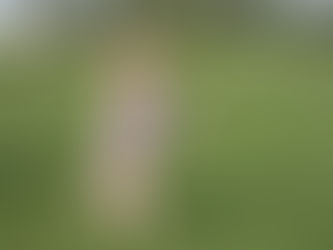top of page

OUR BLOG


Thatch
Thatch is a natural occurring layer of accumulated grass clippings, stems, roots and other decomposing matter found between growing grass...


Holes in the Lawn, Aeration.
There is no ‘perfect time’ to aerate a lawn. In spring the optimal window for aeration is March through April. We do not recommend to...


Spring Lawn Preparation.
It's time to get lawns ready for the seasons ahead. Aeration, fertilization, watering and getting mowing equipment ready is necessary for...


Sod selection, what to ask.
Choosing the right type of sod to maximize performance and reduce inputs like water, fertilizers and chemical sprays will save resource,...


Sod, its use and benefits.
What Sod is: Sod is an Instant new lawn. Sod is grass with some soil beneath held together by its roots. Why use sod: Lawns have a...


Necrotic Ring Spot on lawns.
Necrotic Ring Spot (NRS) is a disease problem of Kentucky bluegrass lawns. NRS is a root rotting fungus most common in Kentucky bluegrass...


Compost Manure for Soil Health.
Soil is the foundation for all plant life. Soil health is key to the longevity of plant life. Using compost manure will improve this...


Restoring Soil for Plant Growth.
Soil Restoration: Soil restoration is the process of returning nutrients back to the soil. When done properly soil restoration will help...


Soil Formation.
How is soil formed? Soil formation is a process that takes time. Erosion from weather and climate conditions such as wind and rain, cold...


What is Soil?
What is Soil? Soil is a living mass of land made up of solid minerals like sand, silt and clay as well as organic matter. Water and air...
bottom of page
